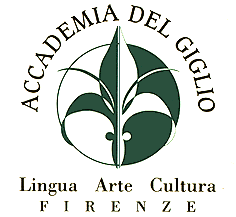 However much one loves Florence and its legacy, one cannot avoid of forgeting a date that remains indelibly written in the history of this city: November 4, 1966.
However much one loves Florence and its legacy, one cannot avoid of forgeting a date that remains indelibly written in the history of this city: November 4, 1966.
It was a dramatic day that has marked the history of not just the city of lilies and its heritage, but also millions of people around the world who came here to restore Florence after the fury of the Arno’s waters had subsided.
The flood, which forty years ago left a destroyed city, torn and bruised, returns with all its drama in the eyes of those who retell it, and those who lived through this terrible experience. It is not difficult in this day and age to see the amount of initiative the community displayed in order to remember this ill-fated day.
Last November Florence commemorated the days of the flood. It was possible to see documentary films, and watch parades of the Fire Department, Police force and Italian National Guard. In the Piazza della Signoria, in the Loggia de Lanzi, they projected commemorative images of the flood while illuminating the Ponte Vecchio, the “Biancone” (the big white statue of Neptune in front of Palazzo Vecchio) and Arnolfo’s tower with purple lights – the colour of the city of Florence– to remember the deep wound that the Arno inflicted on its city. On the first floor of the Palazzo Vecchio there is a photography exhibition highlighting the damages done by the water to the art in the museums and libraries of Florence. The evocative force of those images brings back the desolation and a profound sense of loss, along with the desperation and the desire to begin anew. Also apparent is the desire to move on and the ambition to restore Florence in the eyes of the world and to give new vigour to the Florentines, the “Angels of Mud”, to the police and everyone else who took part in the recovery of the most precious and beloved works of art in the world.
This article has been translated into English by Will, Dressy and Margaret, students from Bard college. The original article is in Italian.







Commenti recenti